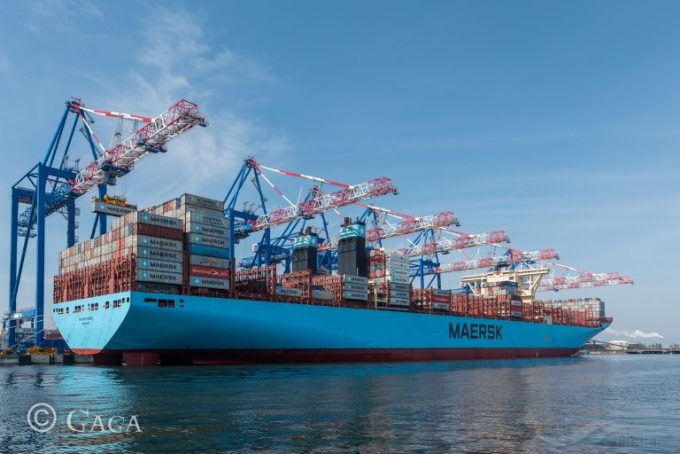Tradelanes: Overcapacity on Asia-S America impacting alliances and rates
Carriers on the Asia-west coast South America trade appear to be on the verge of ...

In the surest sign yet that soaring container spot freight rates may have reached something resembling a peak, this week’s indexes showed the smallest gains in months, while a couple of main east-west routes began to decline.
Drewry’s World Container Index (WCI) recorded a 3% week-on-week ...

Comment on this article